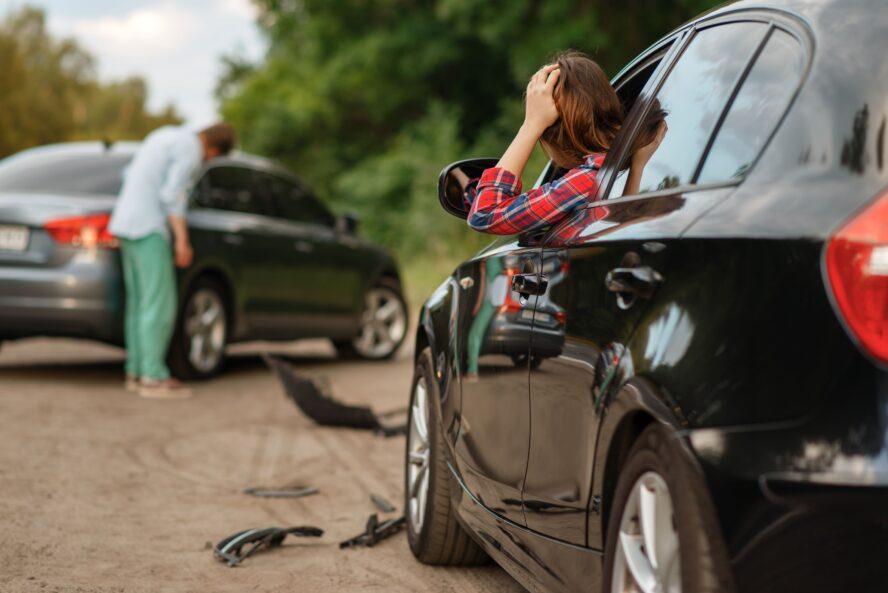The most common type of car accident is the rear-end collision. A recent study by the National Highway Traffic Safety Administration (NHTSA) found that about 29% of crashes resulting in serious injury were from rear-end collisions. That’s over one-fourth of accidents involving serious injury.
Because these accidents are so common, it’s beneficial for you to know and understand four facts from a car accident lawyer so that you can reduce the likelihood of experiencing this type of car accident.
When Rear End Collisions Are Most Likely To Occur
This type of car accident is most likely to occur when two or more vehicles are driving in the same lane, and one of the trailing cars becomes distracted or follows too closely. A rear-end accident doesn’t necessarily just involve two or three cars. Driving on a busy roadway and becoming involved in this type of accident could result in a massive pile-up, with many drivers experiencing the impact more than once as additional vehicles hit the pile up if they are unable to avoid it.
Not “Just” A Fender Bender
Although many rear end collisions are fender benders that don’t result in injury or much vehicle damage, that’s only the best-case scenario for such an accident. Some vehicles, regardless of size, could become totaled out by insurance as a result of the accident as our friends at Herschensohn Law Firm, PLLC know all too well. Some drivers and passengers may have no injuries while others in the same accident could receive injuries such as broken bones, getting thrown from the vehicle, and even chemical or electrical burns because of lithium batteries and other newer vehicle technologies.
Common Causes Of These Accidents
Revisiting the National Highway Traffic Safety’s statistics on rear end accidents, the most common cause is distracted driving. Although the term “distracted driving” seems to almost be synonymous with “texting and driving,” the truth is that anything that takes a driver’s full attention away from the road is distracted driving. This includes eating, changing music, paying attention to passengers in the vehicle, and paying attention to something on the side of the road instead of the vehicle in front of you.
How Is Fault Determined?
By and large, fault for rear end accidents almost always rests with the driver who hit another vehicle from behind. This does not necessarily mean they may hold 100% of the fault. It depends on the facts of the accident. However, most of these accidents are attributed to inattention of the driver who runs into the back of another vehicle.
Injuries Most Commonly Received
The most common injuries, both minor and serious, include:
- Whiplash
- Broken bones
- Traumatic brain injury
- Internal injuries
- Chest injury
- Crushing injuries
How To Reduce Your Risk
Even if a rear end collision seems more like a moderate inconvenience, it still requires your time and attention to clear up. This is especially true if you’re hurt, have vehicle damage, or if you were at fault.
To reduce your risk, place all of your attention on the road at all times. Pay close attention to the vehicle in front of you. Keep a safe distance of three car lengths to the vehicle ahead of you. Following these tips and the rules of the road may help reduce your risk!
If you are involved in an accident, reach out to a lawyer near you for help immediatley.


